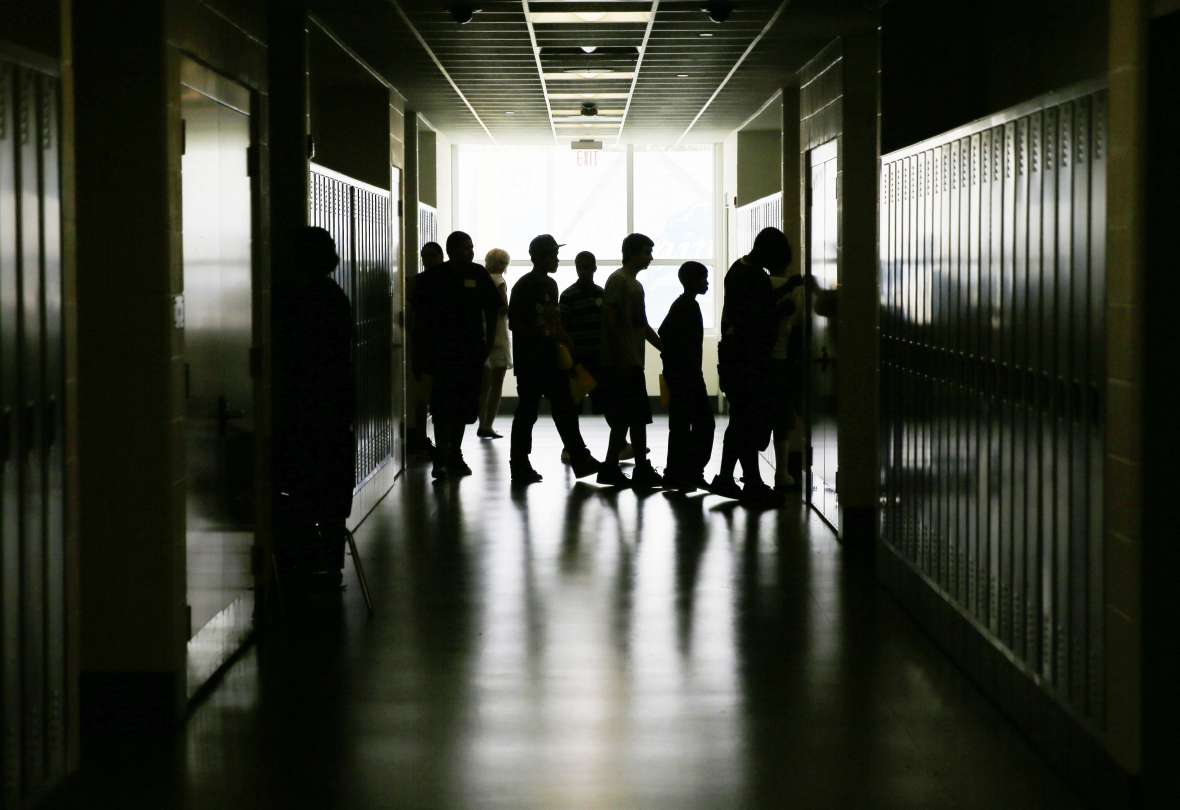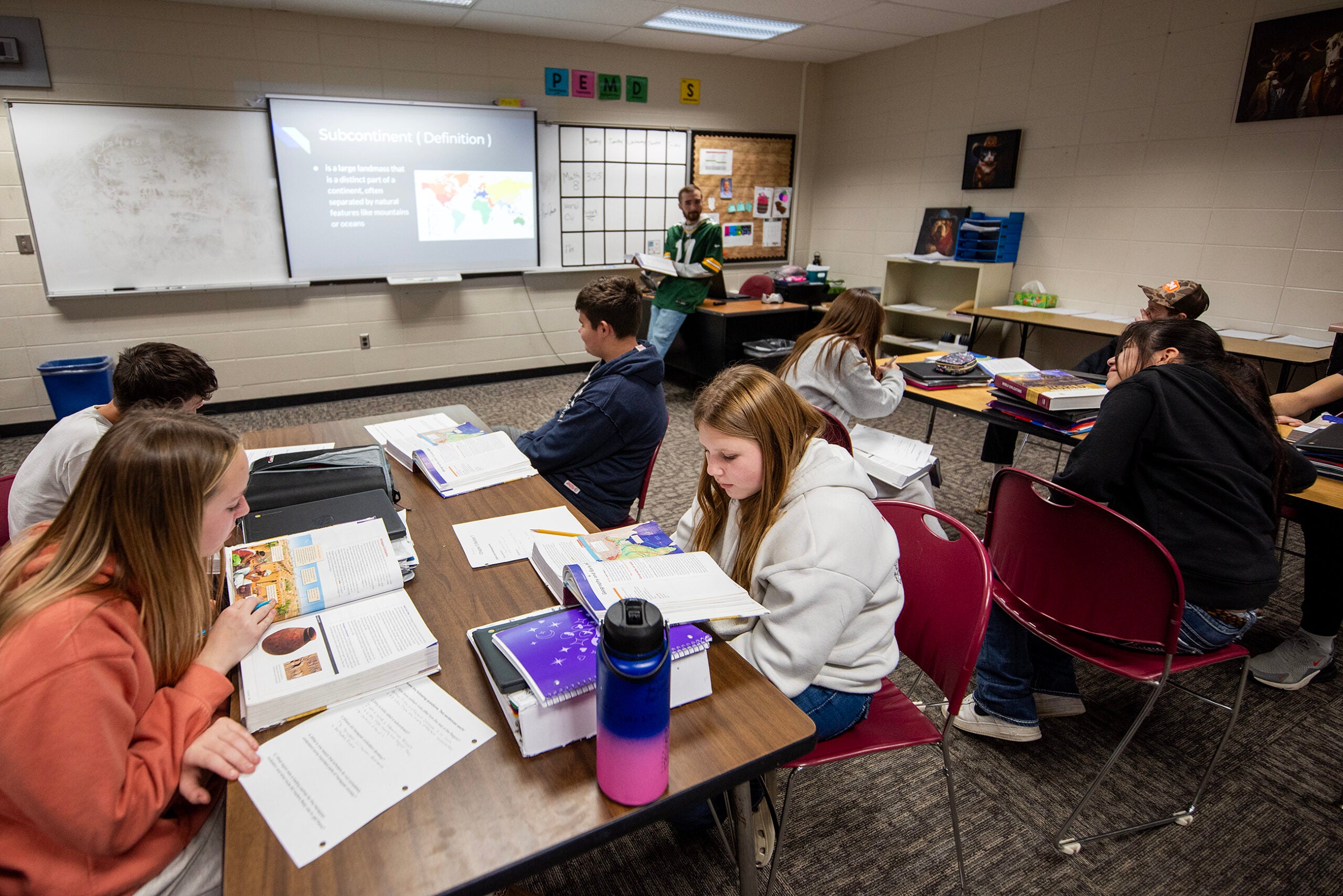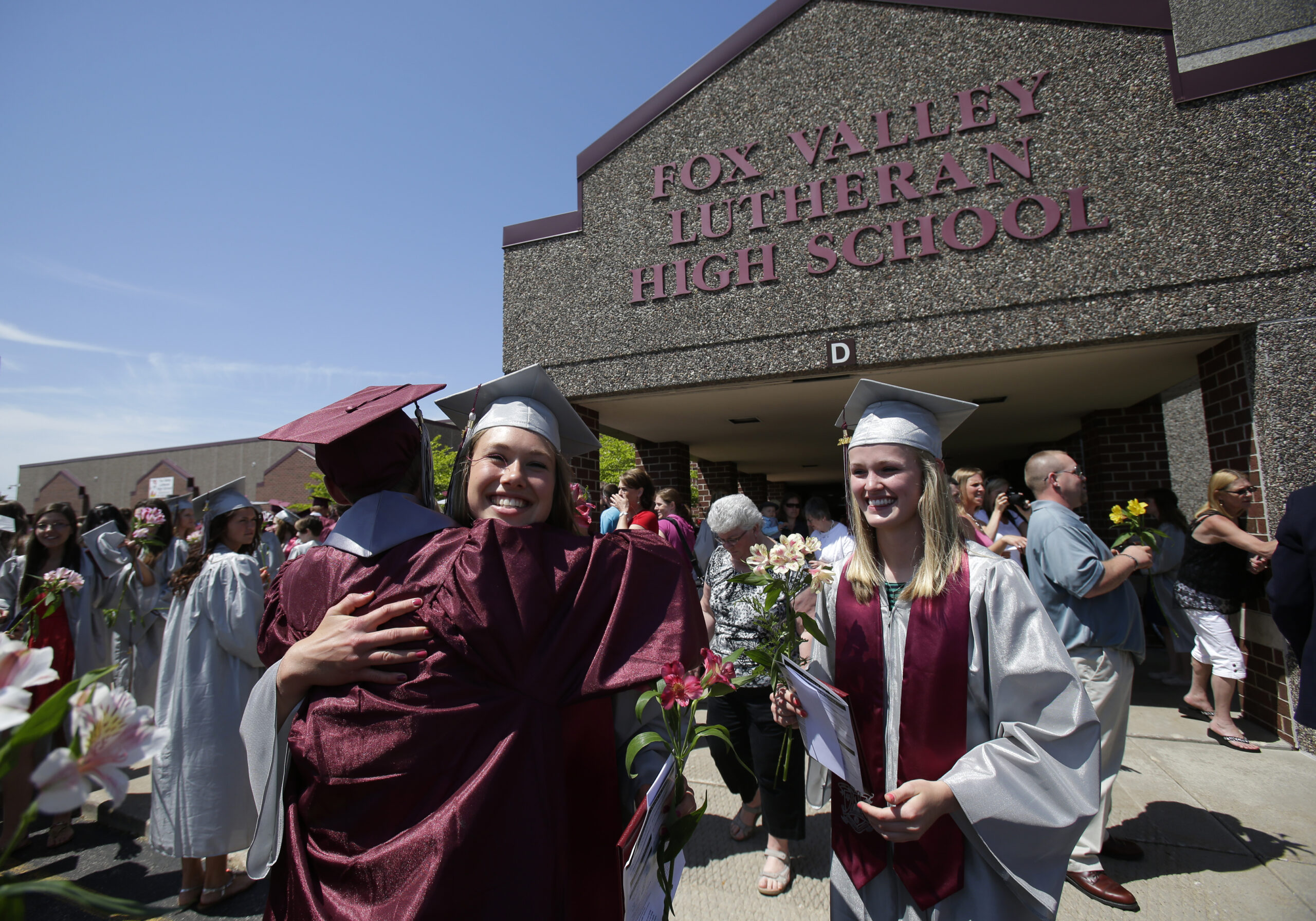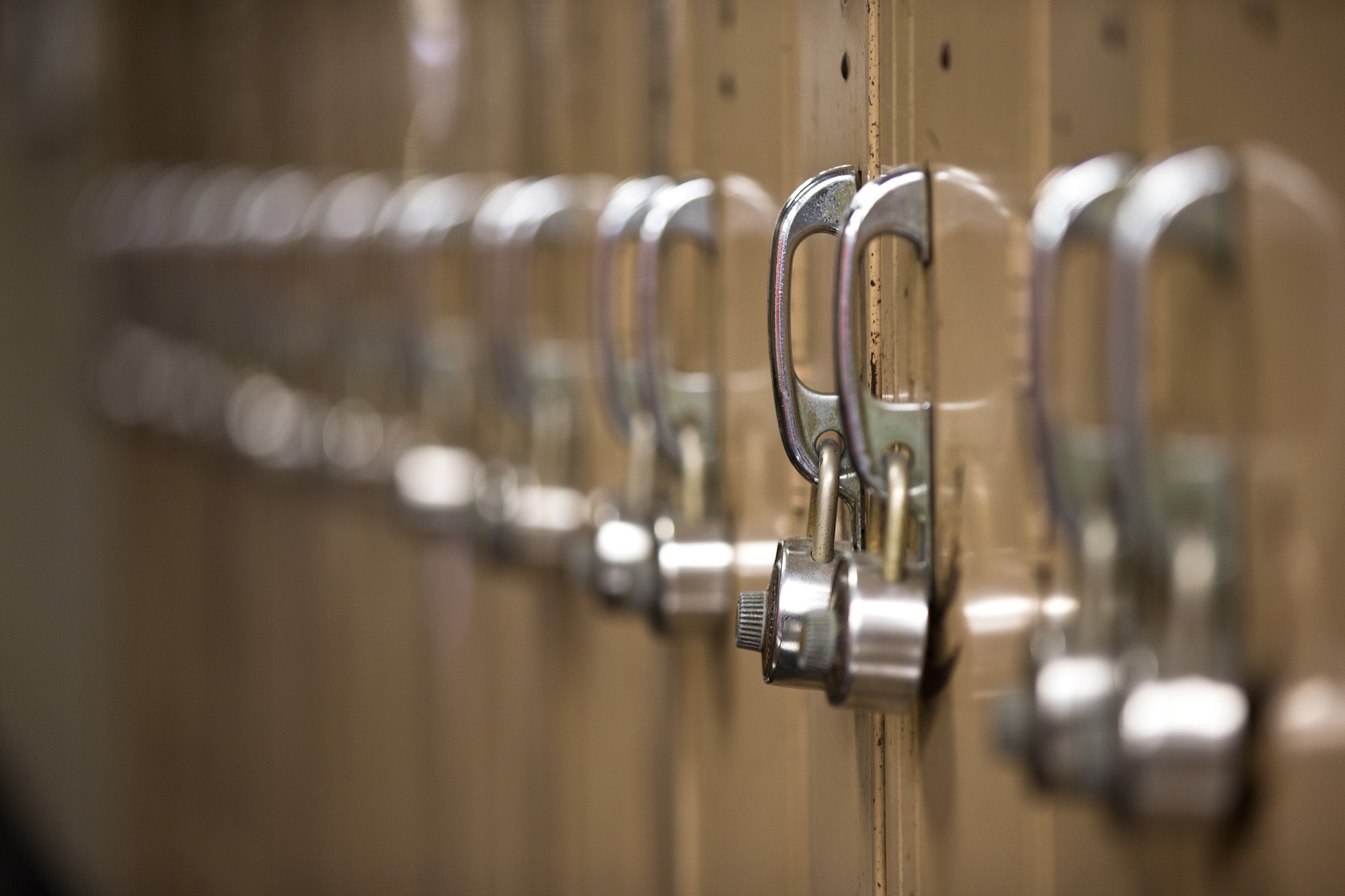Nineteen schools are joining Wisconsin’s three parental choice programs for the 2022-23 school year.
The increase is about on par with recent years. At present, the program lets families below a certain income threshold use vouchers to attend private schools, but Wisconsin Republicans want to extend parental choice programs to all families, regardless of income level.
There are three private school choice programs: one each for students living in the Racine and Milwaukee school districts, and one for students who live elsewhere in the state. Of the 19 schools new to any of the programs, Racine added Kenosha Christian Academy — which also joined the statewide program — Milwaukee added three schools, and the statewide program added 15, not including Kenosha Christian.
News with a little more humanity
WPR’s “Wisconsin Today” newsletter keeps you connected to the state you love without feeling overwhelmed. No paywall. No agenda. No corporate filter.
Trinity Lutheran School in West Bend is one of the new participants in the statewide program.
“Where we’re at, currently there are other Lutheran private schools within five to 10 minutes from us, and they’re all a part of the choice program already,” said school principal Christopher Avila. “If we can’t offer choice, some of the families are going to look for schools that can and are teaching the same basic things.”
Trinity Lutheran will open about 25 voucher slots next year, with the intention that most will go to families who are already involved with Trinity Lutheran — for example, who send their kids to preschool — but couldn’t attend grade school there because of the tuition barrier. The school currently has about 80 students from pre-K to eighth grade.
“If we grow our school, that’d be great, but also we were looking at how it could benefit current families that we already have at our school that could qualify,” Avila said. “Over the years I’ve been doing this, I’ve known families who would like to send their kids to the school, but they couldn’t afford it, and we’d like to give them that opportunity.”
The school choice voucher programs allow eligible students to attend a private school while the school receives a state aid payment for each of those students. They’re separate from Wisconsin’s charter schools, which are public schools authorized by a local school board or other institution; or the state’s open enrollment program, which allows students who live in one public school district to enroll in a different district.
School voucher programs have been a divisive issue around the country, including in Wisconsin. They came up in last year’s state superintendent race, with now-state Superintendent Jill Underly saying she’d like to phase out the voucher program and her opponent Deborah Kerr strongly supporting school choice. Proponents say students in voucher programs have better outcomes, and that it makes private education accessible to families who may like a school’s religious education or its resources but can’t afford tuition on their own. Opponents say it takes money from public schools that could help them provide those better outcomes and resources, and often pays for students who weren’t in the public school system previously – though the program requirements limit students’ ability to participate in voucher programs if they’ve already been in a private school.
The family income cutoff to participate in the program starts at $38,640 for students participating in the Racine and Milwaukee programs, and $28,336 for the statewide program. Those cutoffs change based on the number of children in a family. Under the proposal from Republican lawmakers, there would be no income cutoff for families to receive school choice vouchers.
Sean O’Reilly, strategic project manager for St. Augustine Prep in Milwaukee, said the Republican proposal would reduce the documentation hoops families have to jump through each year to prove they’re below the income threshold.
“I see that as a huge benefit to the current population that get choice funding,” he said.
Of St. Augustine’s 1,426 students, 1,311 are currently receiving vouchers. O’Reilly said expanding vouchers would also benefit families who aren’t able to pay tuition, but also don’t meet the current income requirements.
Schools can be registered in multiple programs. St. Augustine, for example, was already enrolled in the Milwaukee and statewide programs, and joined the Racine program for next school year to open up a few voucher spots for the children of one of the school’s teachers.
St. Joan Antida High School, an all-girls Catholic school in Milwaukee, joined the statewide program for the 2020-21 school year — meaning it could take students from anywhere in the state — but had already been enrolled in the Milwaukee-specific choice program that let Milwaukee students use vouchers to attend.
“The choice program really allows an opportunity for parents within Milwaukee that’s outside their neighborhood,” said Marikris Coryell, St. Joan Antida’s president. “By the voucher program and coming to our school, we are able to support them through a smaller environment that some students thrive in and otherwise wouldn’t be able to afford.”
The application period for the school voucher program opened Tuesday for most of the participating schools and closes at different times for different schools.
Wisconsin Public Radio, © Copyright 2026, Board of Regents of the University of Wisconsin System and Wisconsin Educational Communications Board.







